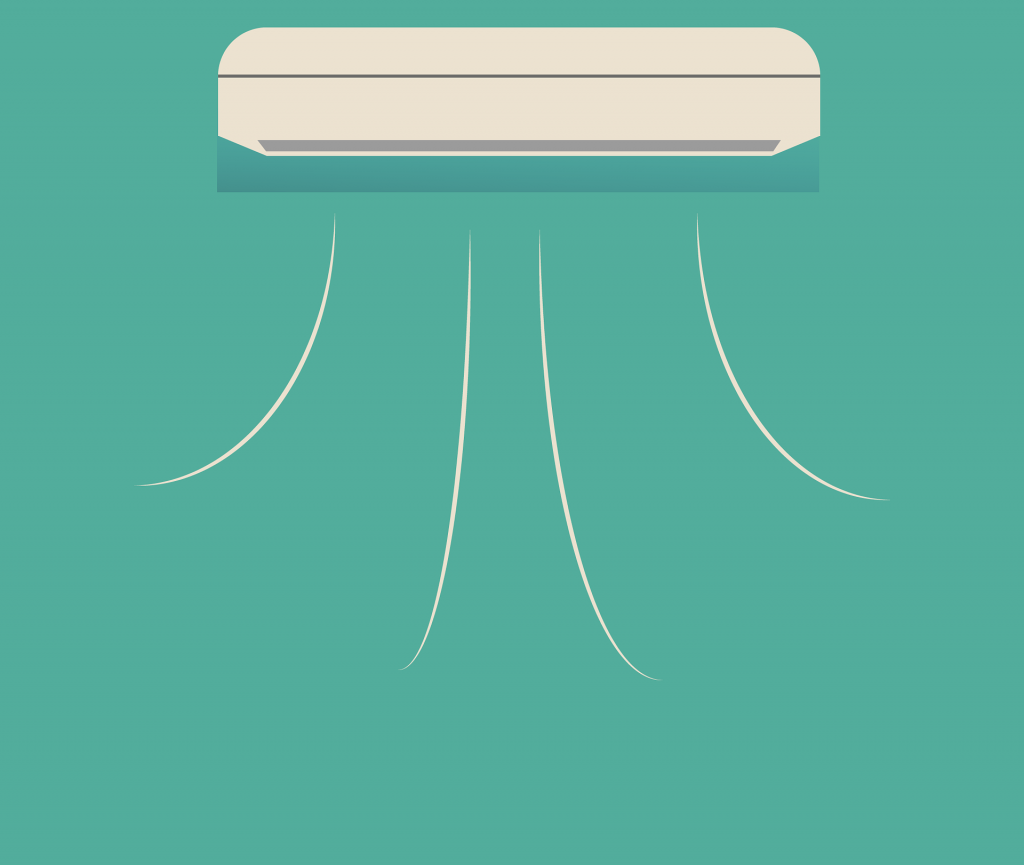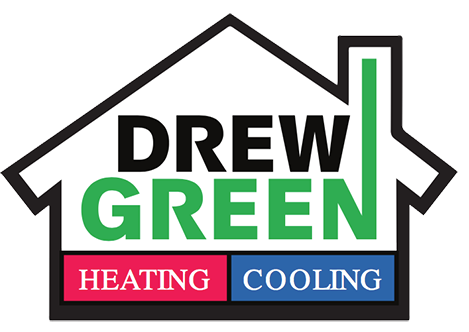
We know that outside air can be filled with pollutants, but so can indoor air. Modern buildings are far more “air tight” than older ones, which means that pollutants in our homes and offices are more likely to become trapped inside. In addition, people are spending more time indoors than ever before. As a result of these trends, people are far more sensitive to indoor air than in the past – and the quality of our indoor air may be far worse than that of the outdoors. We know that poor air quality can have a major impact on health and in extreme cases can even lead to death. So what measures can be taken to improve the quality of air inside homes and offices?
General Approaches to Improving Indoor Quality
According to the EPA, there are three basic ways to improve the indoor air quality of your home:
- Eliminate or control sources of contamination
- Improve ventilation
- Make use of air cleaners
Let us discuss each of these approaches in more detail.
Sources of Indoor Air Contamination
There are myriad sources of contamination inside your home or office. If it is an older building, there may be asbestos or lead paint. Biological pollutants such as animal dander, dust, pollen, mold, and bacteria can also create issues. Second-hand smoke, carbon monoxide, stoves, heaters, and fireplaces can be the source of contamination, as well. VOCs (volatile organic compounds) can be another major cause of contamination and include some paints, hobby products, varnishes, and wax. Formaldehyde and pressed wood can also be problematic. Then there is particulate matter than can be inhaled into the lungs and cause severe health problems.
Dealing with Sources of Contamination

The most cost-efficient way of improving indoor air quality is to eliminate or control the sources of contamination. That could mean removing lead paint, eliminating the use of VOCs, or treating occurrences of moisture related problems such as mold and mildew. Gas stoves should be replaced with electric stoves, fireplaces could be replaced with a more environmentally friendly heater, and pressed wood products can be removed. However, this approach is not always feasible.
Using floor mats at entrances and exits can trap particles, bacteria, fungi, pesticides, and other unpleasant material that may be riding in on the soles of shoes, thus limiting the particles’ ability to mix with the indoor air. And never be ashamed to ask visitors to remove their shoes when entering your home so pollutants aren’t further tracked in. Using vacuums with a HEPA filter can trap dust, mites, and dander.
VOCs can often enter our homes through via our cleaning supplies. Look for more natural solutions to cleansers and deodorizers, such as vinegar, citrus juice, or baking soda. When cleaning with powerful chemicals, renovating, or working on a hobby that introduces pollutants to your home, make sure to properly ventilate.
Improving Ventilation
When certain sources of contamination cannot be eliminated, the next approach is to improve ventilation. Ventilation is improved by bringing in more outdoor air to an enclosed space. This can be accomplished by opening windows or doors, and installing exhaust fans in key areas such as bathrooms, kitchens, and hobby rooms. Also, new technology and methods in air conditioning have provided additional options for ventilation, such as whole-house ventilation.
Your indoor air conditioning system can also increase ventilation. Such systems use filters to remove particulate matter from the household air as it is recirculated. Make sure to change these filters on a recommended basis and follow manufacturer recommendations for the type of filter to use.
Remember that doors and windows do not need to be left open for extended periods of time to refresh the indoor air: just five minutes a day can make a huge difference. Using window or door screens can keep out unwelcome guests such as insects or birds.
Using Air Cleaners
 Air cleaners focus on the removal of particulate matter, such as dust, pet dander, smoke, or pollen. Because their applicability is limited, they are not considered to be a stand-alone solution to indoor air quality issues. However, for individuals who are sensitive to certain pollutants in particulate form, they can make an enormous difference. In fact, for those who suffer from allergies they are vital. Note that there are a wide variety of air cleaners available, and they can be added to your current air conditioning setup by a trained professional.
Air cleaners focus on the removal of particulate matter, such as dust, pet dander, smoke, or pollen. Because their applicability is limited, they are not considered to be a stand-alone solution to indoor air quality issues. However, for individuals who are sensitive to certain pollutants in particulate form, they can make an enormous difference. In fact, for those who suffer from allergies they are vital. Note that there are a wide variety of air cleaners available, and they can be added to your current air conditioning setup by a trained professional.
Although not strictly an air cleaner, dehumidifiers can help keep the levels of some particulates under control. A humidity level between 30% and 50% has been found to be quite effective, especially regarding common allergens. Exhaust fans for typically humid household areas, such as bathrooms or kitchens, can be crucial to keeping humidity under control.
You Can Make a Difference in Indoor Air Quality
We may not always be able to protect ourselves from outdoor pollutants, but we can take measures to improve indoor air quality. Eliminating sources of contamination, improving ventilation, and using air cleaners can make a significant difference in the cleanliness of the air we breathe.
Reach Out to Drew Green Heating and Cooling Today!
Whether it’s a residential or commercial building whose indoor air quality you are concerned about,Drew Green Heating and Cooling is your answer. We don’t just help you keep your temperatures comfortable, but we work with you to improve your indoor air quality. We can install air cleaners as part of an existing air conditioning system, clean your existing ductwork, install alternate ventilation solutions, and much more. Give us a call right now to discuss the best options for your home!
